Most Effective “Low Impact” Cardio Exercises
 Why “low impact” cardio exercises? Imagine reaching your “golden years” with a buff beach body only to be told that you can’t jog or run anymore because your knee cartilage has been worn thin or you have damaged vertebrae. The last thing you want to do is ruin your body while trying to stay in shape. Here we present some good low impact cardio exercises that can help you maintain a healthy cardiovascular system without causing damage to your musculoskeletal system.
Why “low impact” cardio exercises? Imagine reaching your “golden years” with a buff beach body only to be told that you can’t jog or run anymore because your knee cartilage has been worn thin or you have damaged vertebrae. The last thing you want to do is ruin your body while trying to stay in shape. Here we present some good low impact cardio exercises that can help you maintain a healthy cardiovascular system without causing damage to your musculoskeletal system.
Walking—This simple exercise places far less stress on the knees than jogging, running or pounding the stairs. If this sounds too boring, try changing your route. Explore different streets or roads. Also, you might take this to the next level and include hiking on trails or through the woods. Be sure to follow experts’ recommendations about hiking dos and don’ts. Add extra energy to your routine by swinging or rotating your arms to the sides. Involving your upper body as you walk can get your heart beating more vigorously.
Speed Walking—It’s impossible to do speed walking without involving the upper body. This is low-impact movement on rocket thrusters. The most efficient position is to keep your elbows bent at a 90-degree angle and be sure they remain close to your body. Be sure to stick to flat, smooth surfaces to reduce the chances of injury.
Cycling—For even less impact, take your bicycle out for a spin. If your bicycle is properly adjusted to your size, there should be no strain on your knees. You can cover far more territory, do more sightseeing and get lots of cardiovascular benefit.
Stairs—Walking up stairs is a powerful way to work your body. Don’t become impatient, though. You don’t want the walking to become jogging. That would turn your low impact routine into high impact. Make certain you softly plant each foot in turn on the next step and use the strength in your legs to push you upward.
Swimming—If you’re just starting an exercise program or returning after years of relative inactivity, swimming is an excellent low-impact exercise option. Taking to the pool can build up vast reservoirs of cardiovascular health because swimming can work the entire body, depending on the strokes you use.
Dancing—Take a dance class. Whether you’re into ballroom, tap, ballet or modern dance, you can get a low impact workout while having fun with others.
If you already suffer from thin cartilage, don’t let that stop you from exercising. One study did MRIs on 50–80 year olds, all healthy men. The results showed that more exercise led to thicker knee cartilage. The consensus was that exercise helped to repair cartilage deficiencies. Everything else being equal, the body is amazing in its ability to repair itself. And these low impact exercises can work wonders for your long-term cardiovascular health.
Remember that one of the best things you can do for your health is to also get adjusted regularly!
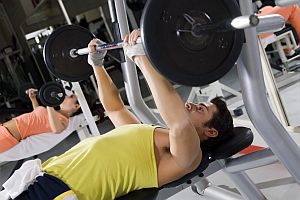
 Forming new habits can be just as difficult as breaking old ones. But when you stop to think about it for a moment, it is clear that all of our habits, both positive and negative, had a beginning—a time BEFORE the behavior became a clear, recognizable pattern. In other words, there was a time when your current habits weren’t yet habits at all!
Forming new habits can be just as difficult as breaking old ones. But when you stop to think about it for a moment, it is clear that all of our habits, both positive and negative, had a beginning—a time BEFORE the behavior became a clear, recognizable pattern. In other words, there was a time when your current habits weren’t yet habits at all!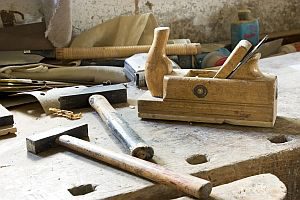 Manual therapies have been used to treat musculoskeletal disorders for thousands of years. Practitioners around the world—in countries with many different cultural influences and diverse medical traditions—have used their hands to manipulate various parts of the body to stimulate healing. “Manual” literally means “by hand.” Thus, manual therapies consist of healing techniques that use the hands. There are more than two dozen techniques used worldwide. Among the most commonly known are acupressure, chiropractic, massage therapy, physiotherapy, reflexology, Rolfing and shiatsu.
Manual therapies have been used to treat musculoskeletal disorders for thousands of years. Practitioners around the world—in countries with many different cultural influences and diverse medical traditions—have used their hands to manipulate various parts of the body to stimulate healing. “Manual” literally means “by hand.” Thus, manual therapies consist of healing techniques that use the hands. There are more than two dozen techniques used worldwide. Among the most commonly known are acupressure, chiropractic, massage therapy, physiotherapy, reflexology, Rolfing and shiatsu.
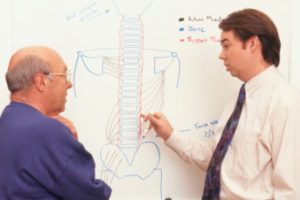 We are sharing an article today that was first run in the Billings Gazette in 2014. We think it has some good information and we have added a few tips of our own at the conclusion of the article:
We are sharing an article today that was first run in the Billings Gazette in 2014. We think it has some good information and we have added a few tips of our own at the conclusion of the article: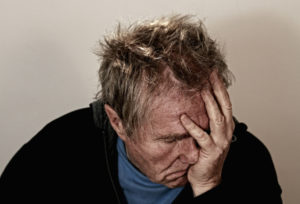 Pain serves an important function in our lives. When you suffer an acute injury, pain warns you to stop the activity that is causing the injury and tells you to take care of the affected body part.
Pain serves an important function in our lives. When you suffer an acute injury, pain warns you to stop the activity that is causing the injury and tells you to take care of the affected body part. Take a look inside the average American’s medicine cabinet and you are likely to find out-of-date prescription medications, half-used bottles of lotion, some painkillers and a box of Band-Aids. Some of these are useful, and some should have been disposed of long ago. Along with the annual maintenance that you perform on your smoke detector, your medicine cabinet should have a thorough evaluation and clean-out once a year as well.
Take a look inside the average American’s medicine cabinet and you are likely to find out-of-date prescription medications, half-used bottles of lotion, some painkillers and a box of Band-Aids. Some of these are useful, and some should have been disposed of long ago. Along with the annual maintenance that you perform on your smoke detector, your medicine cabinet should have a thorough evaluation and clean-out once a year as well.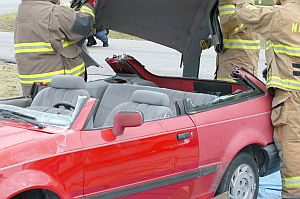 Even if your recent fender bender didn’t seem too serious, there’s still a very real chance that you or your passengers may have been hurt. That’s because even the most minor car accidents can cause hidden injuries and delayed symptoms. And while damage to your car is likely obvious and easy to assess, evaluating damage to your body may be far more difficult. In fact, it’s not unusual for a driver or passenger to walk away from a collision with potentially serious musculoskeletal injuries (such as a concussion or whiplash), without knowing it.
Even if your recent fender bender didn’t seem too serious, there’s still a very real chance that you or your passengers may have been hurt. That’s because even the most minor car accidents can cause hidden injuries and delayed symptoms. And while damage to your car is likely obvious and easy to assess, evaluating damage to your body may be far more difficult. In fact, it’s not unusual for a driver or passenger to walk away from a collision with potentially serious musculoskeletal injuries (such as a concussion or whiplash), without knowing it.